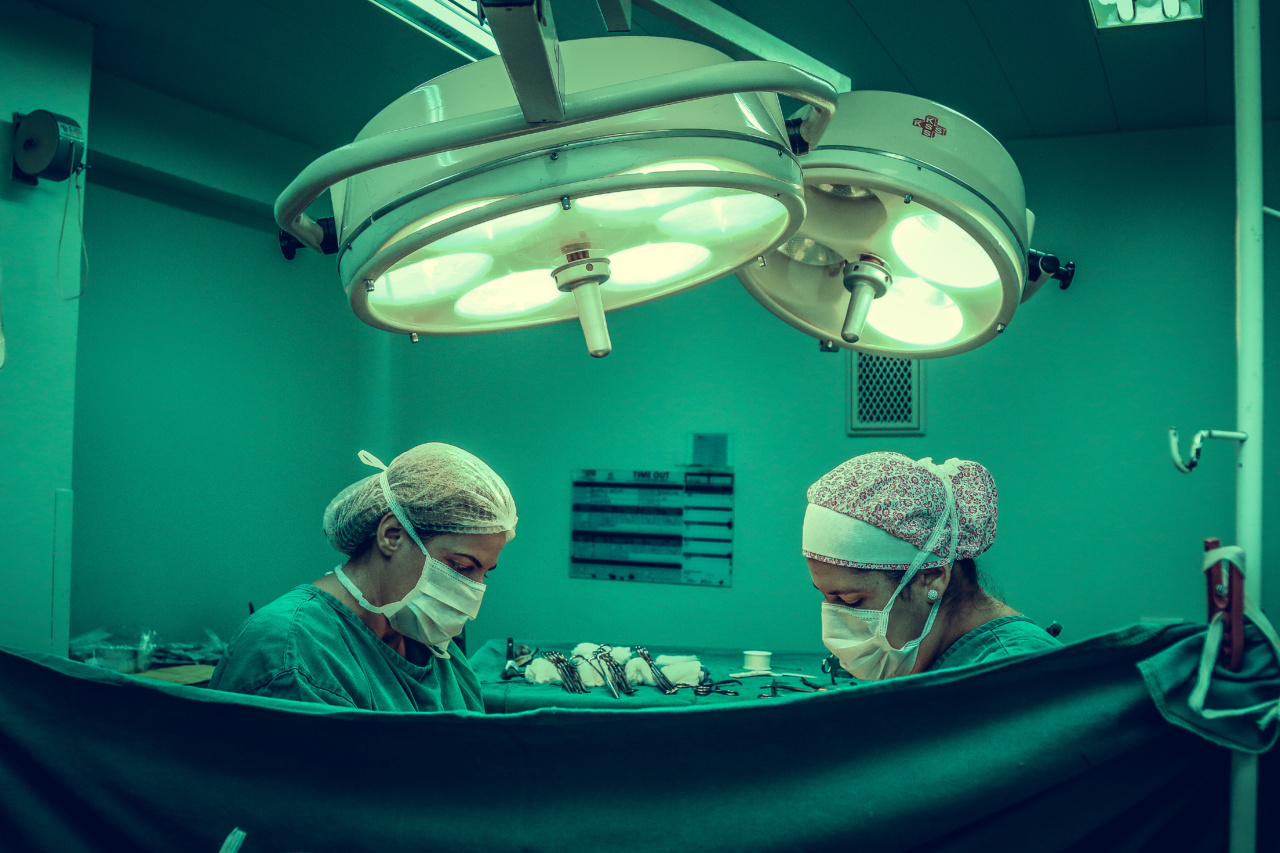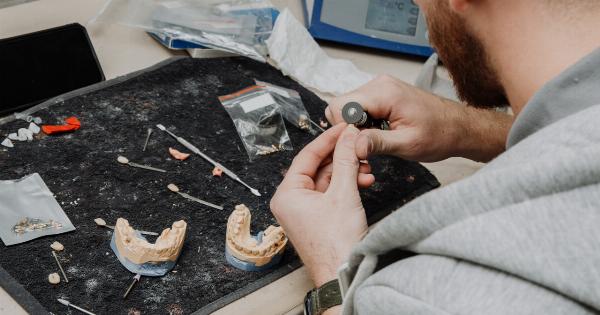The field of medicine has come a long way since the days of hand-held surgical tools and open surgeries.
Today, with the help of advanced technology and robotic surgery, healthcare professionals are able to perform surgeries and procedures with improved precision and accuracy. The use of robots in medicine has come a long way and has proved to be a very important tool in revolutionising the field of medicine.
What is robotic surgery?
Robotic surgery is a minimally invasive surgical technique in which surgeons utilise a robotic system to perform surgical procedures with greater accuracy and less invasiveness.
Instead of surgical instruments, the robot is controlled by the surgeon through a console that is located in the same room as the patient. The robotic arms of the machine are equipped with a camera and surgical instruments which are used to perform the procedure within the patient’s body.
The Advantages of Robotic Surgery
Robotic surgery has many advantages over traditional surgery. Firstly, robotic surgery is minimally invasive, meaning that smaller incisions are made which decreases risks associated with surgery such as blood loss, infection, pain, and recovery time.
Secondly, because of the precision of robotic systems, there is a greater likelihood of success and fewer complications. Thirdly, because of improved accuracy, there is a lower likelihood of scarring, as the incisions made are smaller and therefore less visible.
Lastly, because of the increased accuracy and reduced need for surgical tools and personnel, the overall cost of the surgery is reduced.
The Applications of Robotic Surgery
Robotic surgery has a wide range of applications across various medical fields such as urology, cardiovascular surgery, gastrointestinal surgery, and obstetrics and gynecology among others.
In urology, robotic surgery is used for procedures such as prostatectomy, pyeloplasty and cystectomy among others. In cardiovascular surgery, robotic surgery is used for mitral valve procedures. Gastrointestinal surgery utilizes robotic surgery for colon resection, rectal resection and fundoplication amongst others.
Obstetrics and gynecology uses it for procedures for hysterectomies. Beyond these, there are many other procedures that utilise robotic surgery that are still in development.
The Future of Robotic Surgery
As the technology involved in robotic surgery continues to improve, so too will the precision of the procedures.
Surgeons who utilise this technology will become increasingly skilled in their implementation of these procedures, leading to better outcomes and reduced risk of complications. As the field of robotics continues to develop, there may also be new applications for this technology that healthcare providers have not previously considered.
It is likely that as the cost for technology decreases, more healthcare providers will adopt this technology, bringing it to more patients across the world.
The Potential Risks of Robotic Surgery
Despite the many advantages and innovative potential, robotic surgery is not completely without risk. As with any surgery, there is always some risk of complications such as infection, bleeding, or scarring.
Similarly, the robot may malfunction, causing complications during the procedure. Furthermore, some patients may experience discomfort during the procedure, which may require additional treatment.
Finally, the cost of the procedure may be prohibitively expensive for some patients, leading to treatments being out of reach for some people who may need them.
Conclusion
Robotic surgery is a rapidly developing field within medicine and has vast potential for innovation. As the cost of the technology continues to decrease, it will become more accessible and available to healthcare providers across the world.
For patients, the use of robotic surgery provides new opportunities for minimally invasive surgical procedures which may lead to better outcomes and reduced risk for complications. With careful application and consideration of the potential risks and benefits, robotic surgery has the potential to revolutionize the way healthcare providers perform surgical procedures.



























